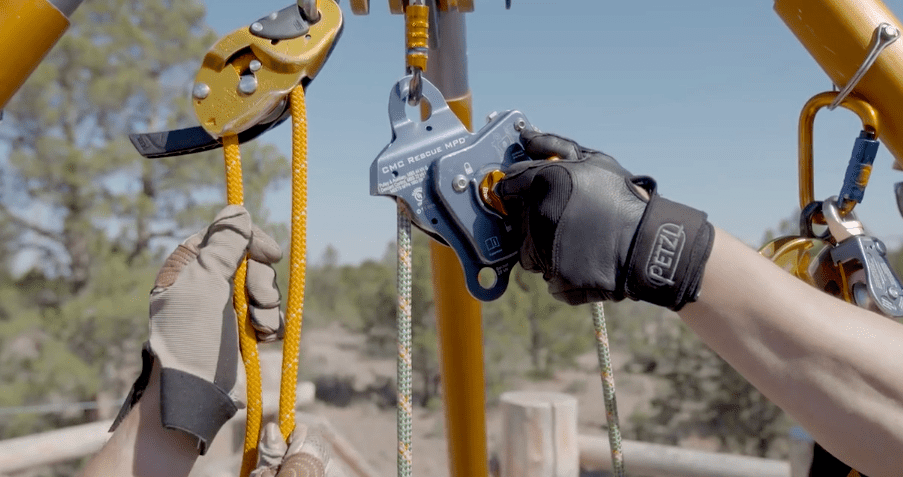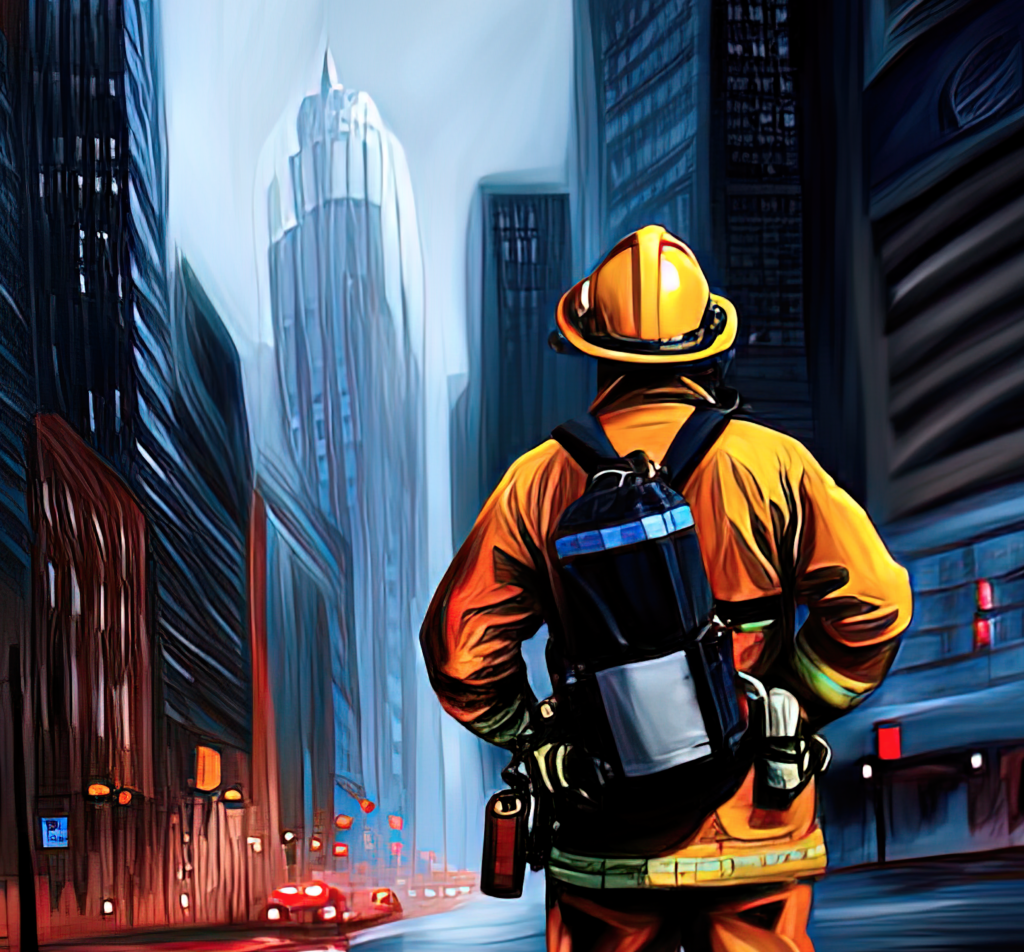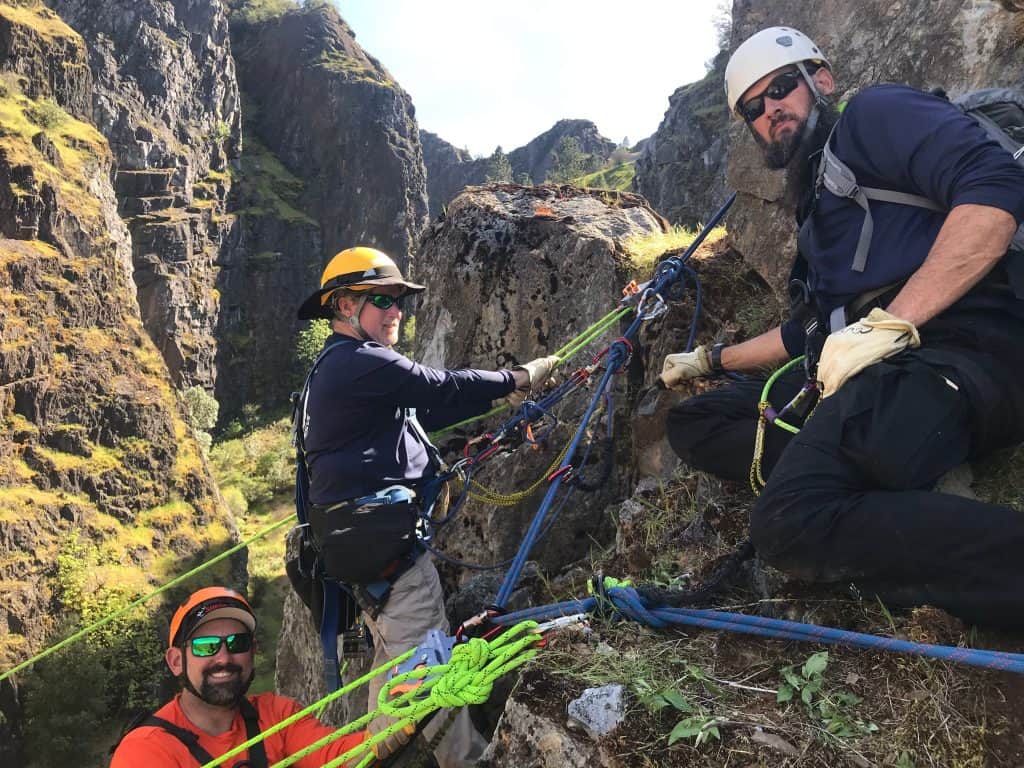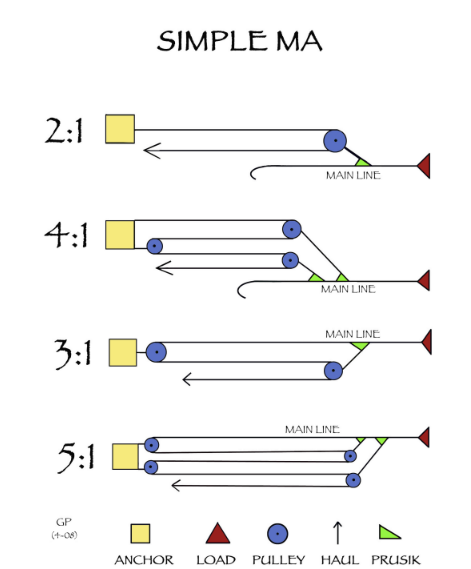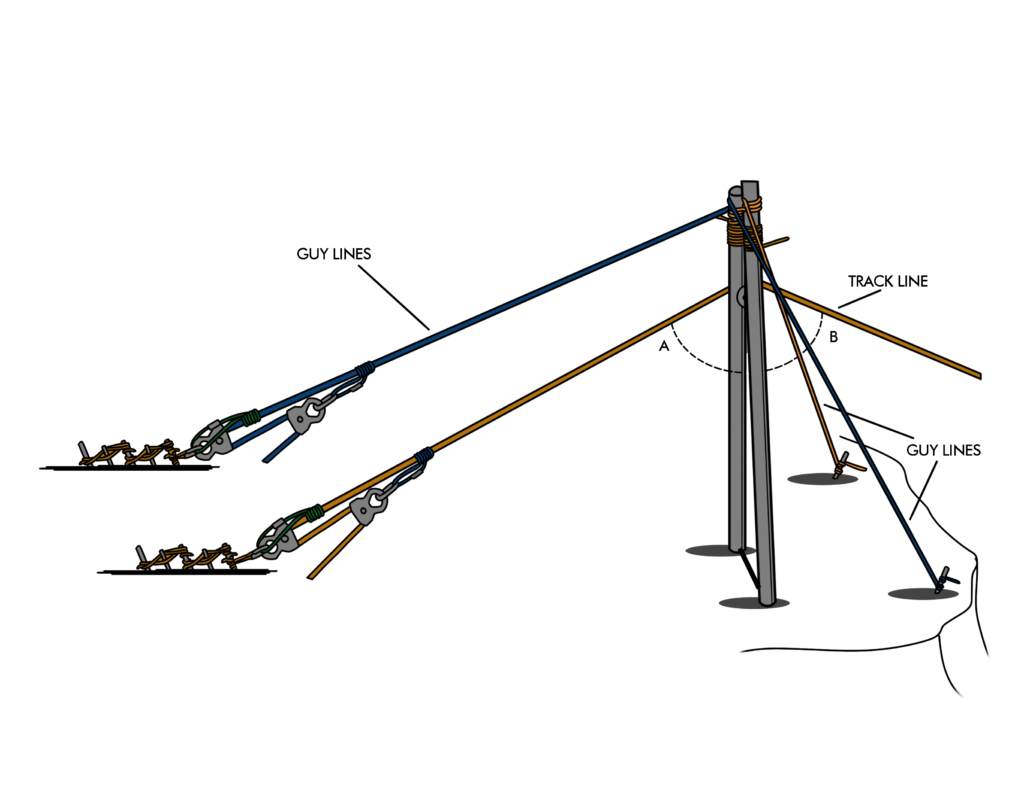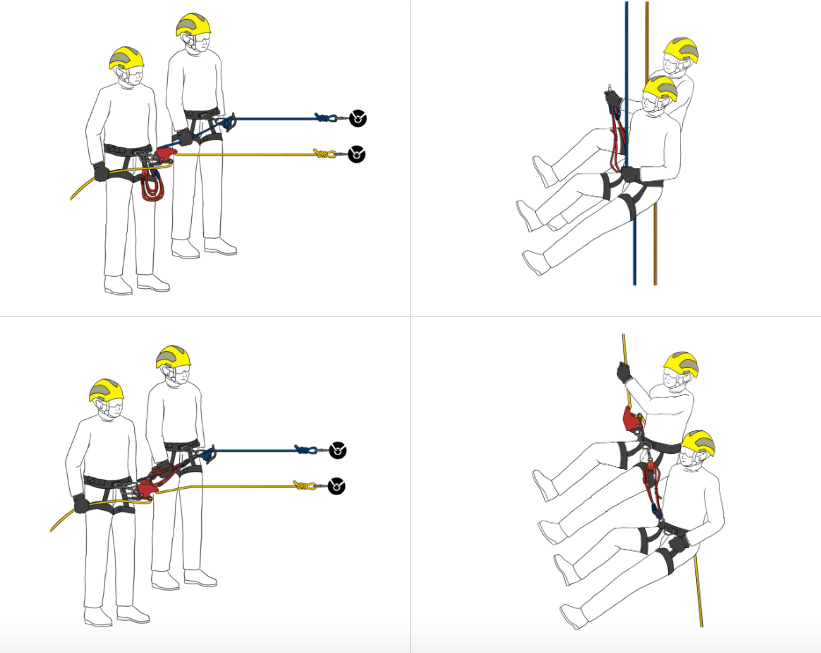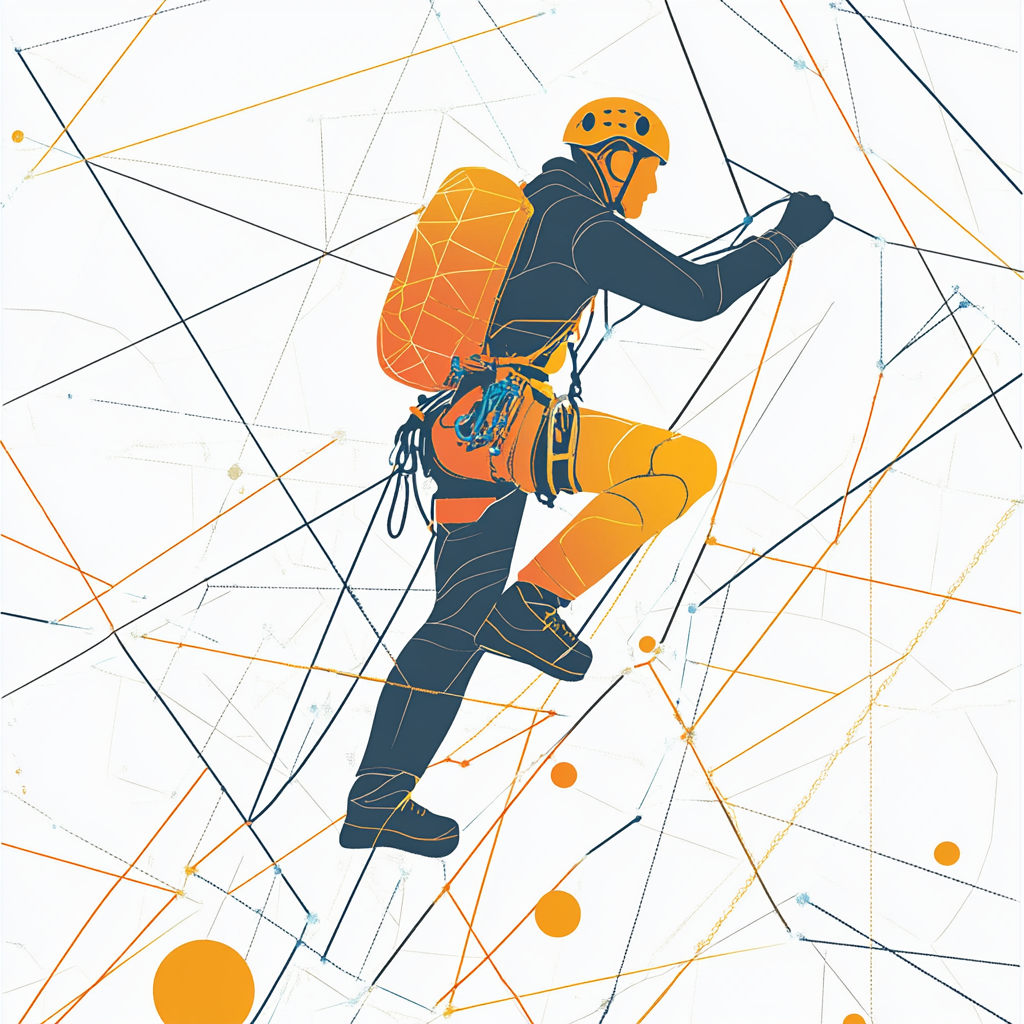Confined Space Rescue Operations | Essential Skills and Techniques
Confined space rescue operations require a high level of skill, precise techniques, and comprehensive knowledge of safety protocols. This blog covers key components of confined space rescue operations, focusing on advanced strategies and critical equipment necessary to ensure successful rescues. The Meaning and Importance of A.T.L.A.S.T. The A.T.L.A.S.T. acronym stands for Atmosphere, Time, Locate, Access, […]
Confined Space Rescue Operations | Essential Skills and Techniques Read More »

